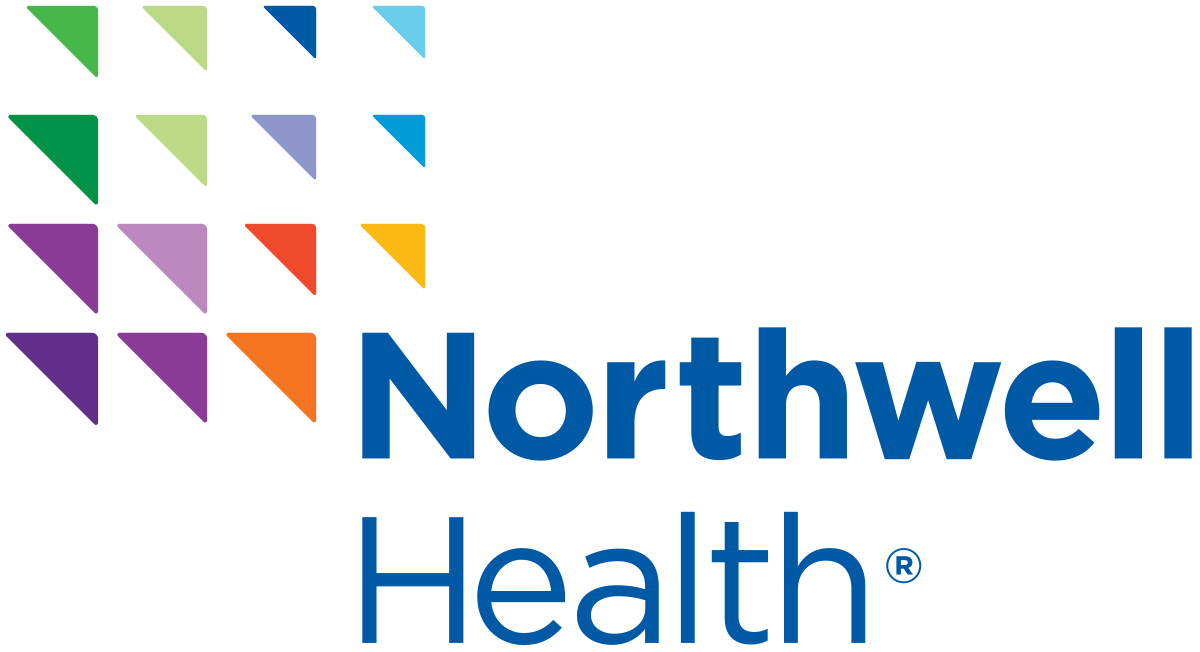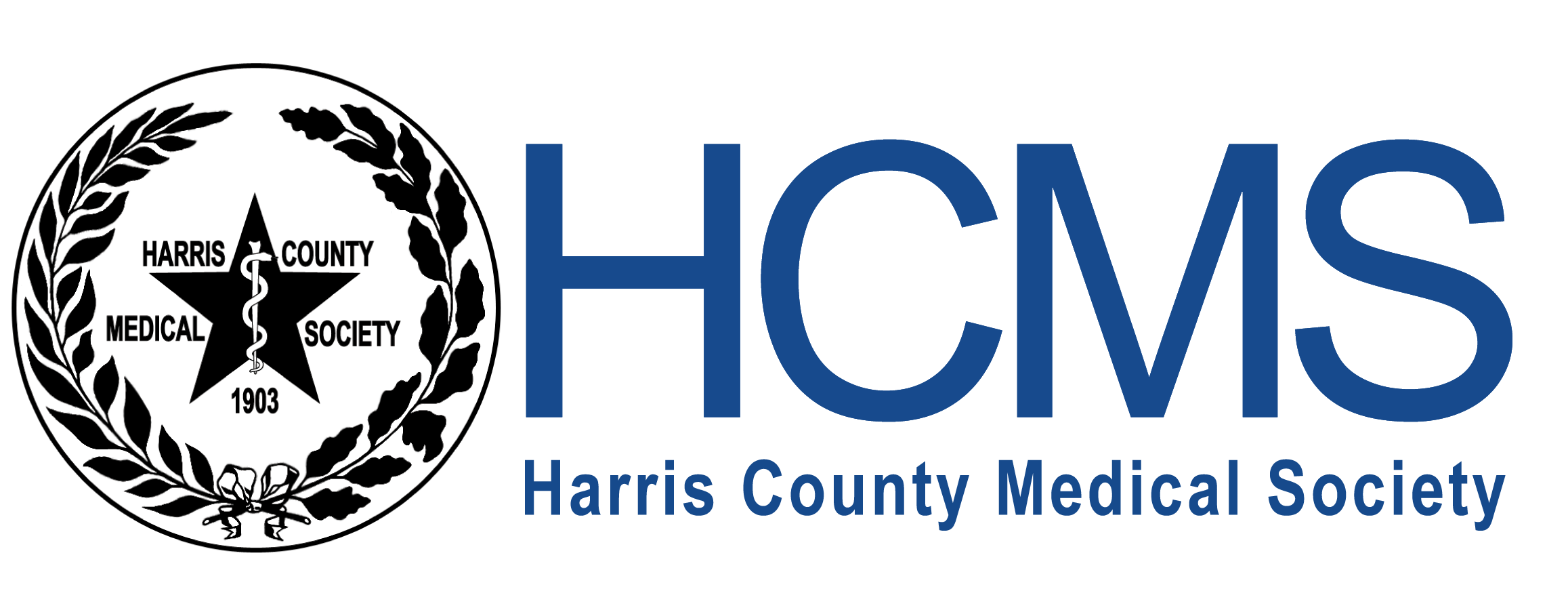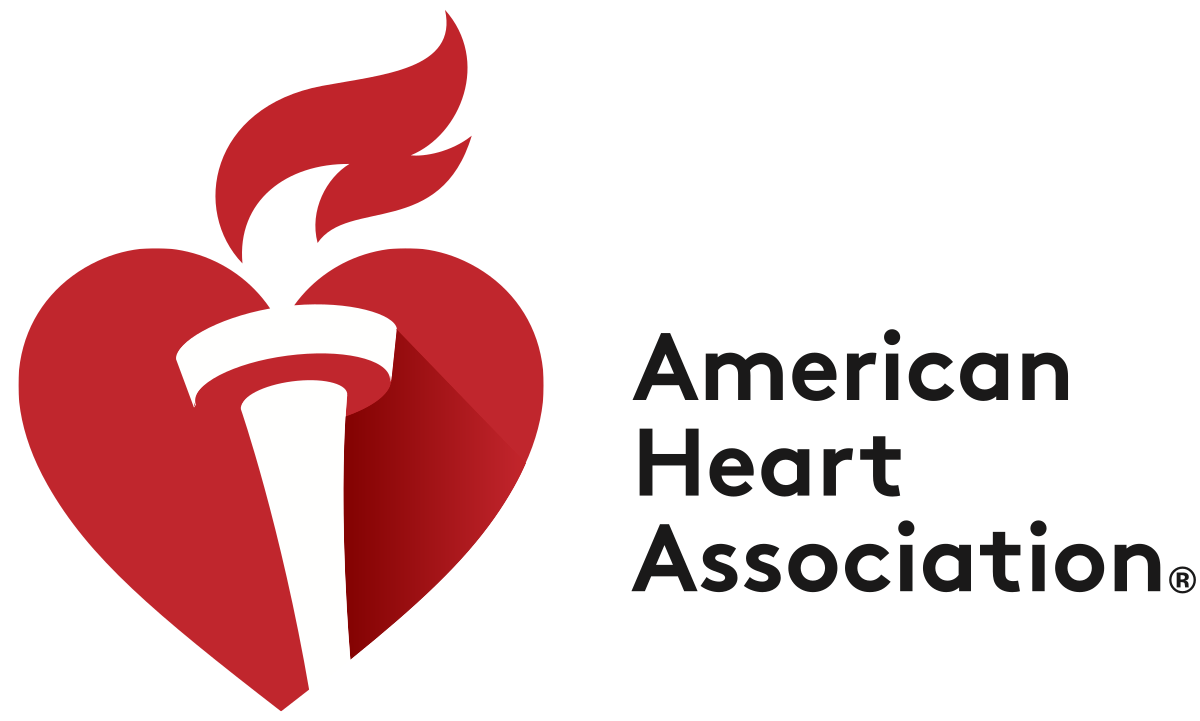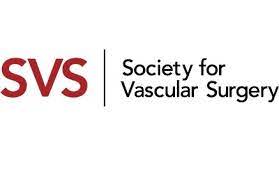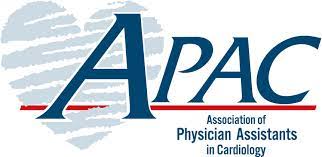Atrial Septal Defect Repair
An atrial septal defect is a hole in the atrial septum, the wall separating the two upper chambers of the heart. The defect allows blood flow between the left and right upper chambers of the heart, resulting in the mixing of oxygenated and deoxygenated blood. The hole, while normal during fetal development, is a serious condition that may result in damage to the heart and lungs and a shortened life span. About half of all atrial septal defects close up on their own during infancy or childhood. In other cases, depending on size, location and severity of the defect, surgery is required.
Types of Atrial Septal Defect Repair
Although the physician may detect the atrial septal defect through a heart murmur heard in the stethoscope, the symptoms of an atrial septal defect may not show up until the patient is an adult. If a patient suffers from extreme fatigue, shortness of breath, palpitations, repeated lung infections or other symptoms, surgery is almost always recommended. Proactive surgery may be performed on an infant or a young child. There are three types of atrial septal defect repair: open, robotic-assisted and catheter-based. While each subsequently listed procedure is less invasive, the physician will decide which type is appropriate in each individual case.
Open Atrial Septal Defect Repair
Open heart surgery has been the traditional procedure performed to repair an atrial septal defect. Although usually successful in treating the condition, this procedure is highly invasive and has a high risk of infection and other complications. Open heart surgery requires cutting open the breastbone and separating the ribs in order to reach the heart. While the surgeon performs the repair, the patient's heart function is taken over by a heart-lung machine. During open atrial septal defect repair, the hole in the heart may be repaired using the patient's own tissue or surgical mesh. The incision from this procedure can take up to 6 months to heal.
Robotic-assisted Atrial Septal Repair
Robotic-assisted atrial septal defect repair surgery offers a safer and less invasive alternative to open heart surgery. Through three tiny incisions on the right side of the chest, the surgeon can insert a tiny camera and miniature surgical instruments manipulated by small robotic arms. These arms mimic the doctor's movements as the defect is repaired. The surgeon views the heart through two lenses within a console that offer a three-dimensional, magnified image. As in the open surgery, the patient's own tissue or a surgical patch may be used to repair the hole during this procedure.
Robotic-assisted atrial septal repair offers the patient less risk of excessive bleeding, smaller scars, less risk of infection and a somewhat shorter recovery time than the traditional open procedure. Nonetheless, during both open and robotic-assisted atrial septal repair the patient's heart is temporarily stopped while a heart-lung machine takes over its function.
Catheter-based Atrial Septal Defect Closure
In some cases, an atrial septal defect may be closed without open heart surgery. During a catheter-based procedure, an incision in made in the patient's groin area and a catheter is threaded through to the patient's heart. A closure device is then moved through the catheter to the precise location of the heart defect where it is permanently implanted. Since this procedure does not involve the use of a heart-lung machine, there is less risk to the patient and recovery time is shortened.
While robotic surgery is considered safer and less invasive, in some cases traditional open surgery is still appropriate.
Risks of Atrial Septal Repair
Atrial septal repair is a relatively safe procedure nonetheless, post-surgical complications are possible. These may include:
- Excessive bleeding
- Blood clots
- Adverse reactions to anesthesia or medications
- Post-surgical infection
- Damage to adjacent organs
- Breathing difficulties
- Hernia at the incision site
There is also the possibility of pericarditis, an inflammation of the sac surrounding the heart, after an atrial septal repair.
Recovery After Atrial Septal Repair
Regardless of the method - either traditional or robot-assisted, recovery from heart surgery will take 4 to 6 weeks. For a patient for whom the catheter-based operation is possible, recovery time will be shorter. Most atrial septal repair surgeries are successful and improve the patient's quality of life as well as increasing the patient's life span.
During the period immediately after atrial septal repair surgery, patients will be advised to avoid strenuous activity and heavy lifting. They may also be prescribed antibiotics and blood thinners to avoid complications.

